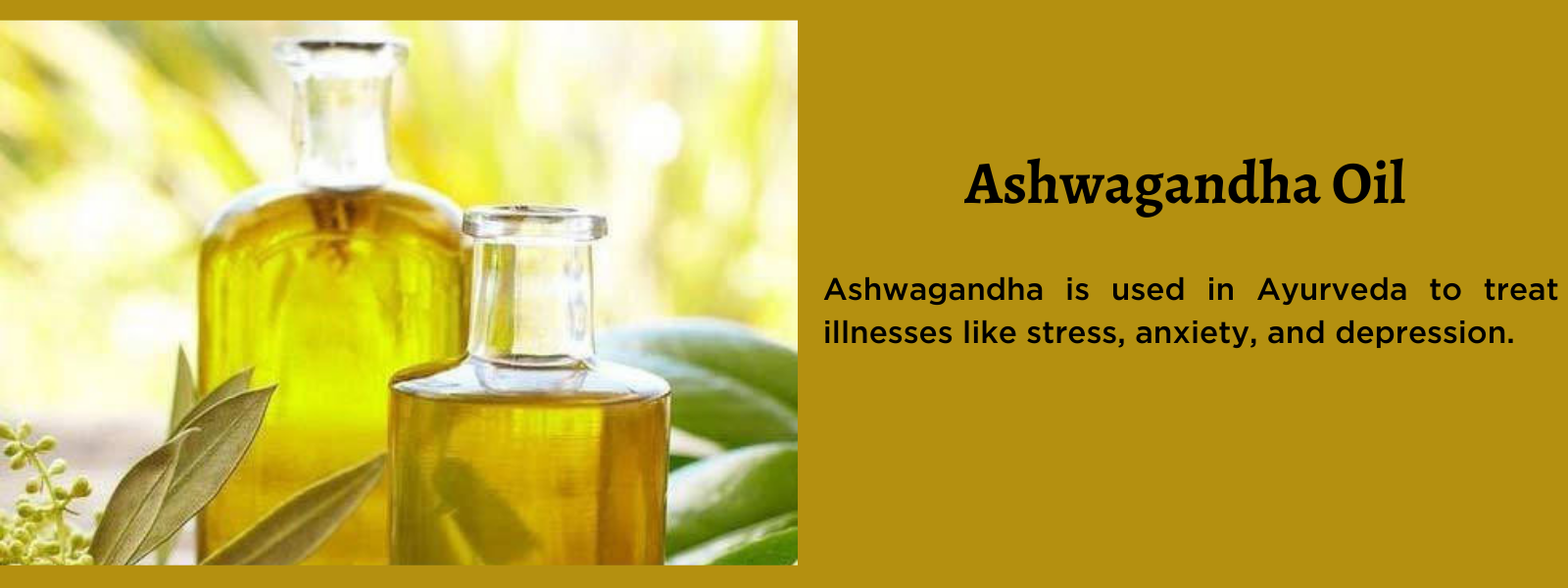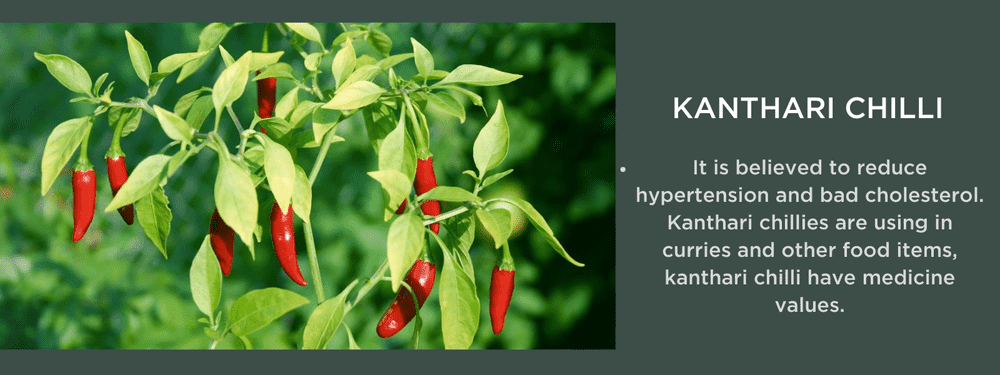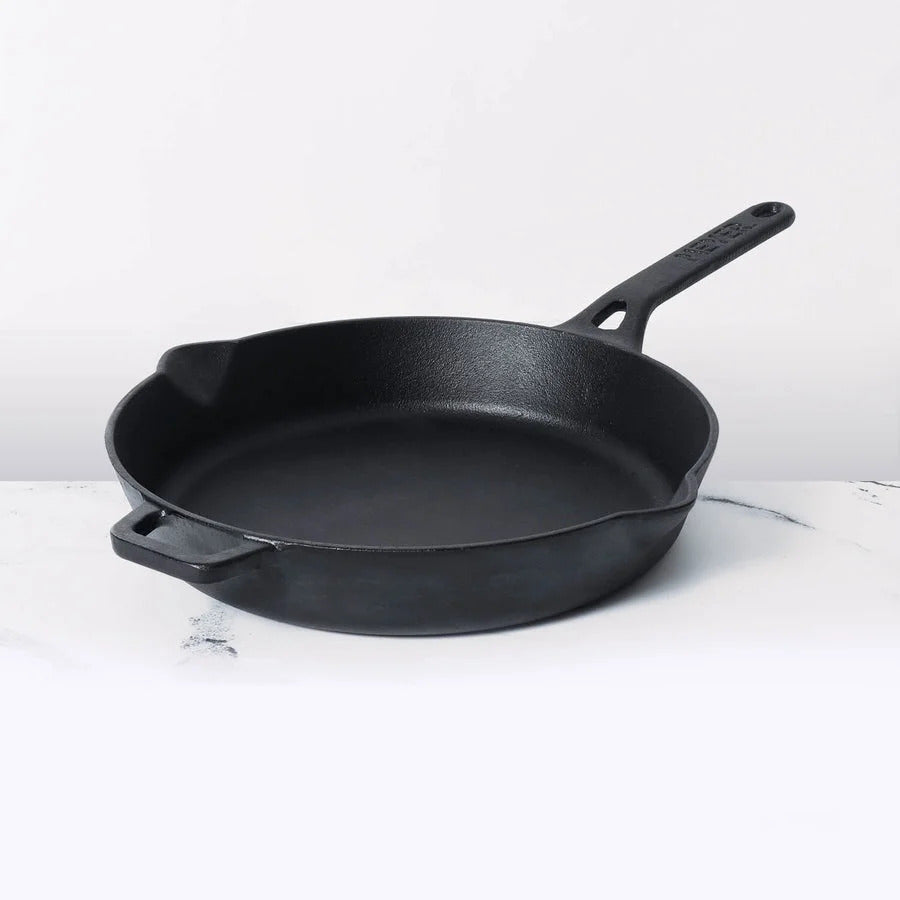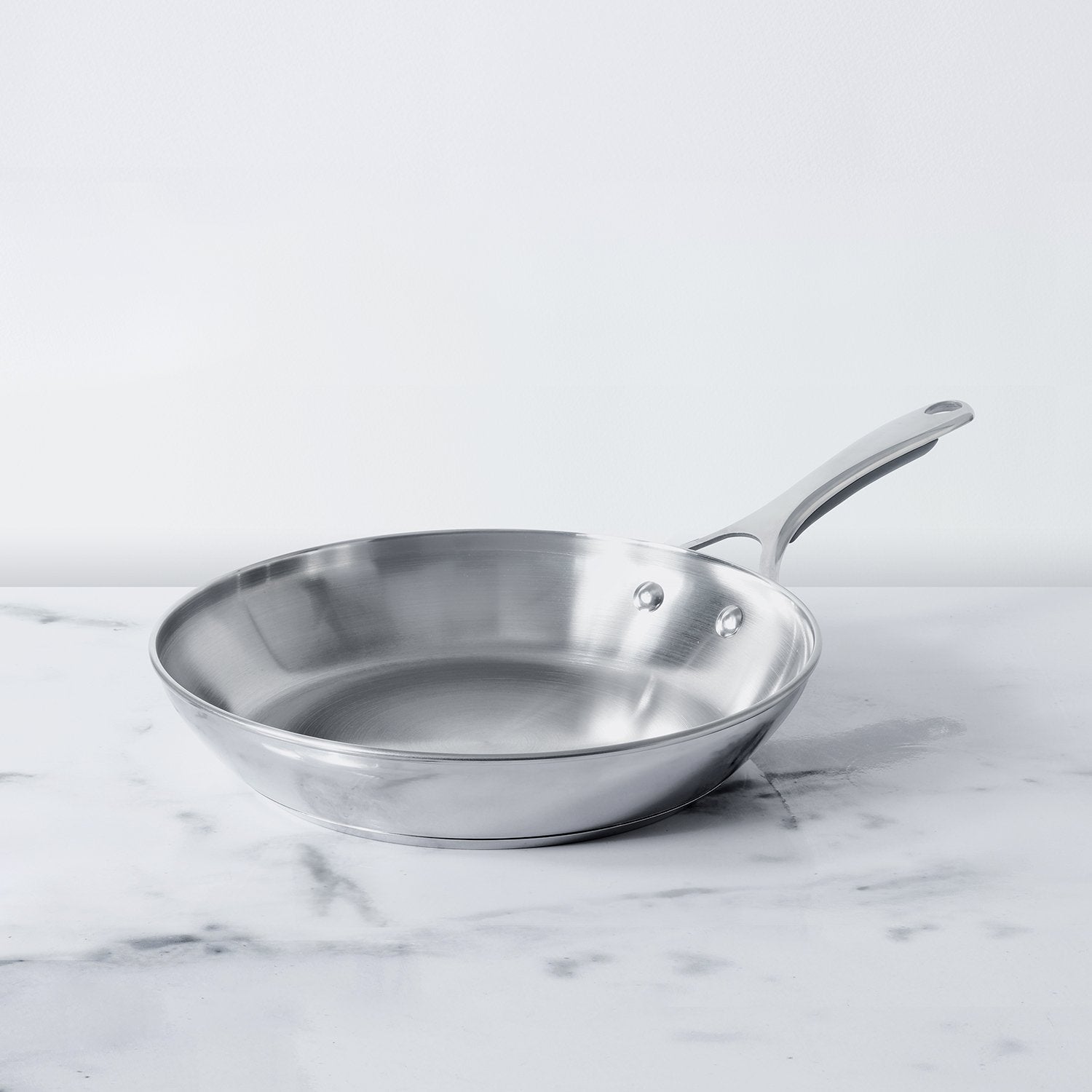Since the time of the Sage Charaka, Chitrak, also known as Plumbago zeylanica, has been utilised as a traditional ayurvedic remedy for a number of health issues. As a potent "Rasayana Dravya" or rejuvenative herb, chitrak is used for a wide range of medical conditions other than only digestive issues. Chitrak is successfully used for the management and treatment of constipation, indigestion, piles, muscular pain, diarrhoea, diabetes, weakened immunity, common cold, cough, bronchitis, asthma, obesity, rheumatism, skin infections, pain and inflammation, hypercholesterolemia, and many other conditions.
Table of Contents
Chitrak’s plant description:
The Plumbaginaceae family includes the herbaceous shrub chitrak. Chitrak's roots are typically straight and unbranched, however they may be slightly branched and have secondary rootlets with or without them. They are light yellow in colour while young and reddish-brown when dried. It features woody, globular stems and spreading, emerald branches. The ovate or oblong leaves of this plant have a slender petiole at the base, and they are placed alternately. Bisexual flowers with axillary and terminal elongated spikes, Chitrak flowers are generally white in colour. Small, with five distinct furrows, the fruits bear a single, rectangular seed that ranges in colour from reddish-brown to dark brown.
Table of Contents
Since the time of the Sage Charaka, Chitrak, also known as Plumbago zeylanica, has been utilised as a traditional ayurvedic remedy for a number of health issues. As a potent "Rasayana Dravya" or rejuvenative herb, chitrak is used for a wide range of medical conditions other than only digestive issues. Chitrak is successfully used for the management and treatment of constipation, indigestion, piles, muscular pain, diarrhoea, diabetes, weakened immunity, common cold, cough, bronchitis, asthma, obesity, rheumatism, skin infections, pain and inflammation, hypercholesterolemia, and many other conditions.
Chitrak’s plant description:
The Plumbaginaceae family includes the herbaceous shrub chitrak. Chitrak's roots are typically straight and unbranched, however they may be slightly branched and have secondary rootlets with or without them. They are light yellow in colour while young and reddish-brown when dried. It features woody, globular stems and spreading, emerald branches. The ovate or oblong leaves of this plant have a slender petiole at the base, and they are placed alternately. Bisexual flowers with axillary and terminal elongated spikes, Chitrak flowers are generally white in colour. Small, with five distinct furrows, the fruits bear a single, rectangular seed that ranges in colour from reddish-brown to dark brown.
Common names of Chitrak:
English Name: White Leadwort, Ceylon leadwort, plumbago
Sanskrit Name: Chitrak
Urdu Name: Sheetraj
Hindi Name: Chira, Chitrak , Vahni, Billy Chitramoola
Marathi Name: Chitraka
Telugu Name: Chitramulam
Kannada Name: Chitramula
Gujarati Name: Chitrakmula
Punjabi Name: Chitra
Oriya Name: Chitamula, Chito Paru
Traditional use of Chitrak:
- Herpes, stomach illnesses, and diarrhoea can all be treated with the help of this plant.
- · Root extract is used to increase perspiration.
- · Infections of the skin, scabies, dermatitis, intestinal worms, ringworm, sores, leprosy, acne, ulcers, and hookworm can all be treated with the chitramoola plant.
- · Breathing difficulties can be alleviated by oral use of the root.
- · Boils and ringworm are two common skin conditions for which milk sap is used.
- · The roots of this plant are used to cure diabetes, phlegm, gas, bile issues, and bile obstructions.
- · Take this plant's mashed roots, vinegar, milk, and salt. Directly apply this paste to your skin. Leprosy and other skin infections can be decreased by it.
- · To relieve mouth, chest, and throat inflammation, take the root decoction and drink it with warm milk. In Rodrigues and Mauritius, this decoction is also used to treat dyspepsia and diarrhoea.
- · Use Chitrak as a medication to treat lung conditions, ringworm, wasting, and leukoderma. You'll achieve better outcomes.
- · For interior piles, chitramoola root extract is used. In Nigeria, these roots are used with vegetable oil to treat rheumatism..
- · Make a paste out of the plant's root by taking it. Pour the milk, vinegar, and water into the paste.
- · The pulverised root powder is taken at a quantity of 1-2 grams with buttermilk and should be swallowed three times a day.
- · Atisaar for diarrhoea: Give the patient 1-2 grams of Chitrak root powder three times a day if they have diarrhoea or loose stools.
- · Skin conditions (kustha) are treated with 1-3 grams of root powder administered three times a day along with cow's pee.
- · Chitrak root powder is administered to patients with obesity in doses of 1-2 grams together with honey.
- · Chitrak root paste is administered topically to the affected body areas for swelling, skin conditions, open abscesses, and ulcers.
- · Arthritis: Sarpgandha and chitrak roots are boiled in mustard oil to make a medicinal oil that is applied to the affected areas to treat arthritis.
- · Dermatitis: Apply root paste mixed with water to the affected areas to treat the condition.
- · Scabies: Prepare a paste of Plumbago bark and leaves and add turmeric; apply it externally to the affected regions.
Health benefits of Chitrak:
- Discomfort
In Ayurveda, indigestion is referred to as Agnimandya and is brought on by an imbalance of the Pitta dosha. The creation of Ama (toxic leftovers in the body as a result of faulty digestion), which results in indigestion, occurs whenever the consumed meal is left undigested due to Mand agni (low digestive fire). In layman's terms, we might state that inadequate digestion is the cause of indigestion. Due to its Deepan (appetiser) and Pachan (digestion) characteristics, Chitrak helps to treat indigestion by breaking down the Ama (toxic residues in the body as a result of incorrect digestion). Even the Pitta dosha is balanced by it.
- Piles
Due to the sedentary lifestyle of today, persistent constipation has led to piles, a widespread condition. All three doshas are harmed by constipation, but particularly the Vata dosha. An exacerbated Vata results in poor digestive fire, which leads to continuous constipation. If untreated, this constipation can cause pain and swelling in the area around the anal region as well as further contribute to the development of piles. Chitrak's rechana (laxative) property aids in treating constipation, and it also lessens painful piles thanks to its analgesic and Vata and Pitta dosha balancing properties.
- Overweight
In indigestion-related obesity, toxic ama (remains in the body from incorrect digestion) accumulates in the form of fat. Sometimes this problem may even be brought on by constipation, which results in an imbalance of Meda dhatu (abnormalities in adipose tissue) and obesity. Chitrak's Deepan (appetiser) and Pachan (digestive) characteristics aid in reducing fat formation. Due to its Rechana (laxative) function, it also aids in treating constipation, hence managing obesity.
- Sexual immaturity
Sexual weakness is a condition where a person experiences early menstrual bleeding or a loss of libido (poor sexual desire in one or both partners) (in case of male partner). Usually, an imbalance in the Vata dosha is the cause of this ailment. Due to its Vata-balancing and aphrodisiac qualities, Chitrak aids in managing sexual weakness.











Leave a comment